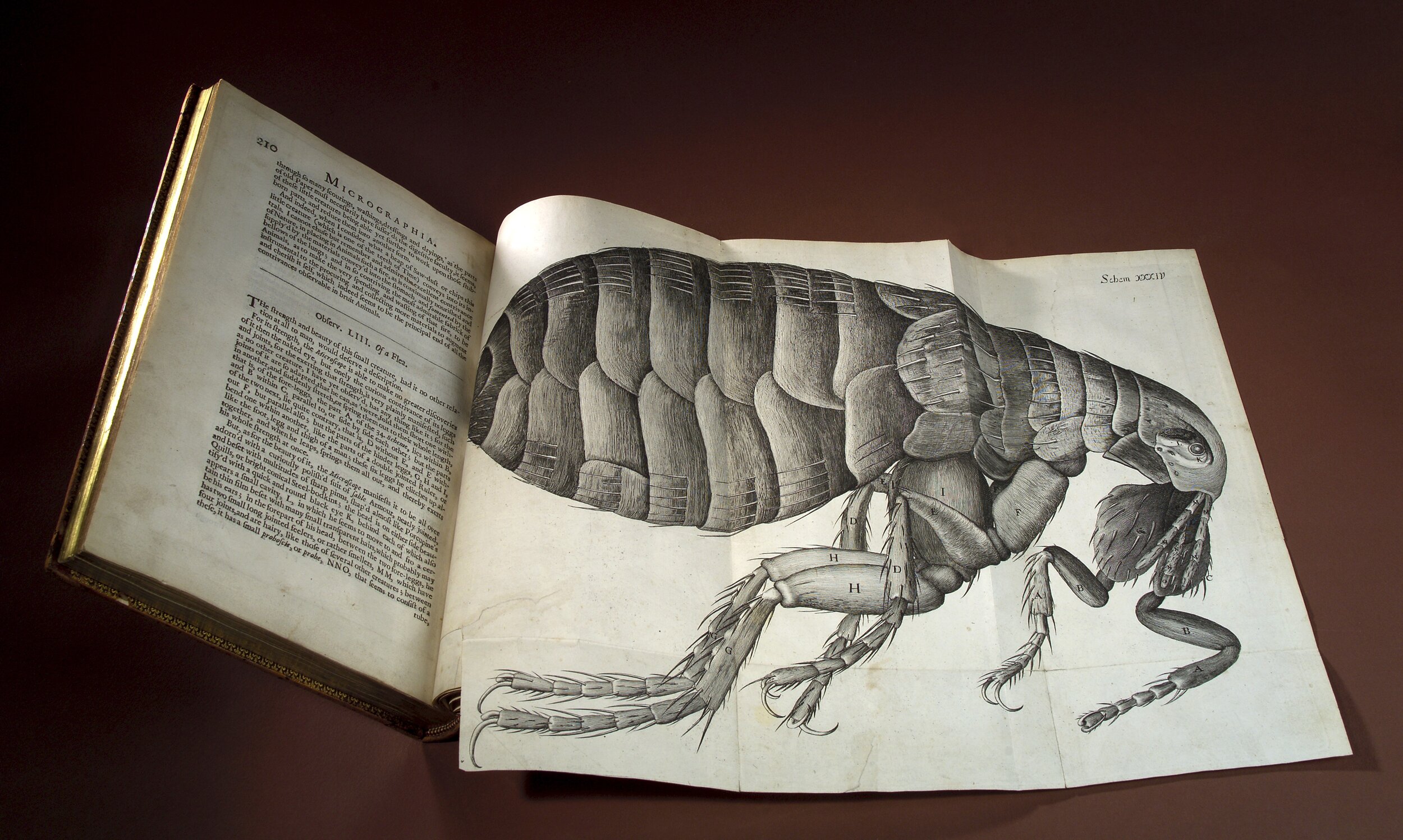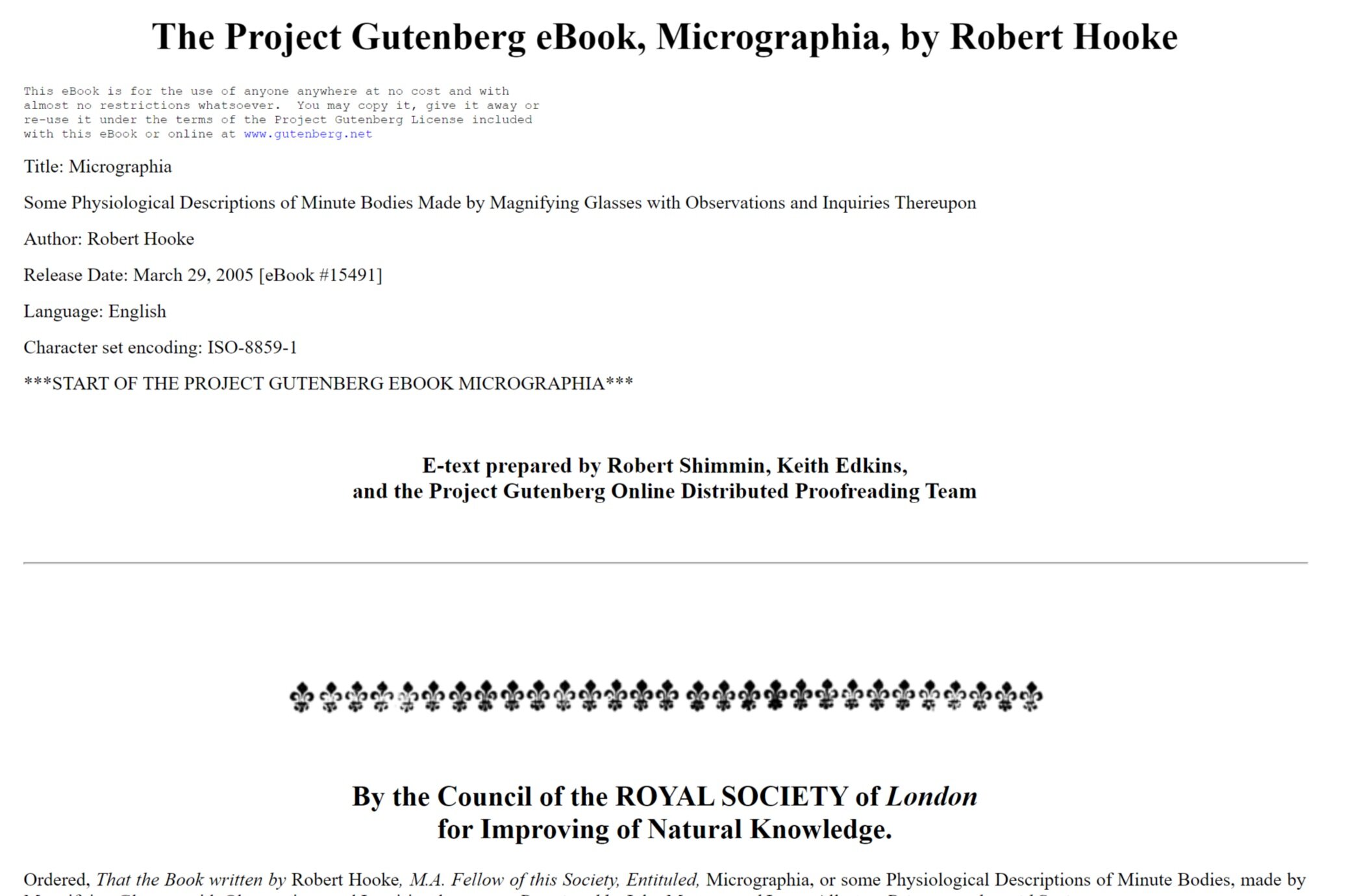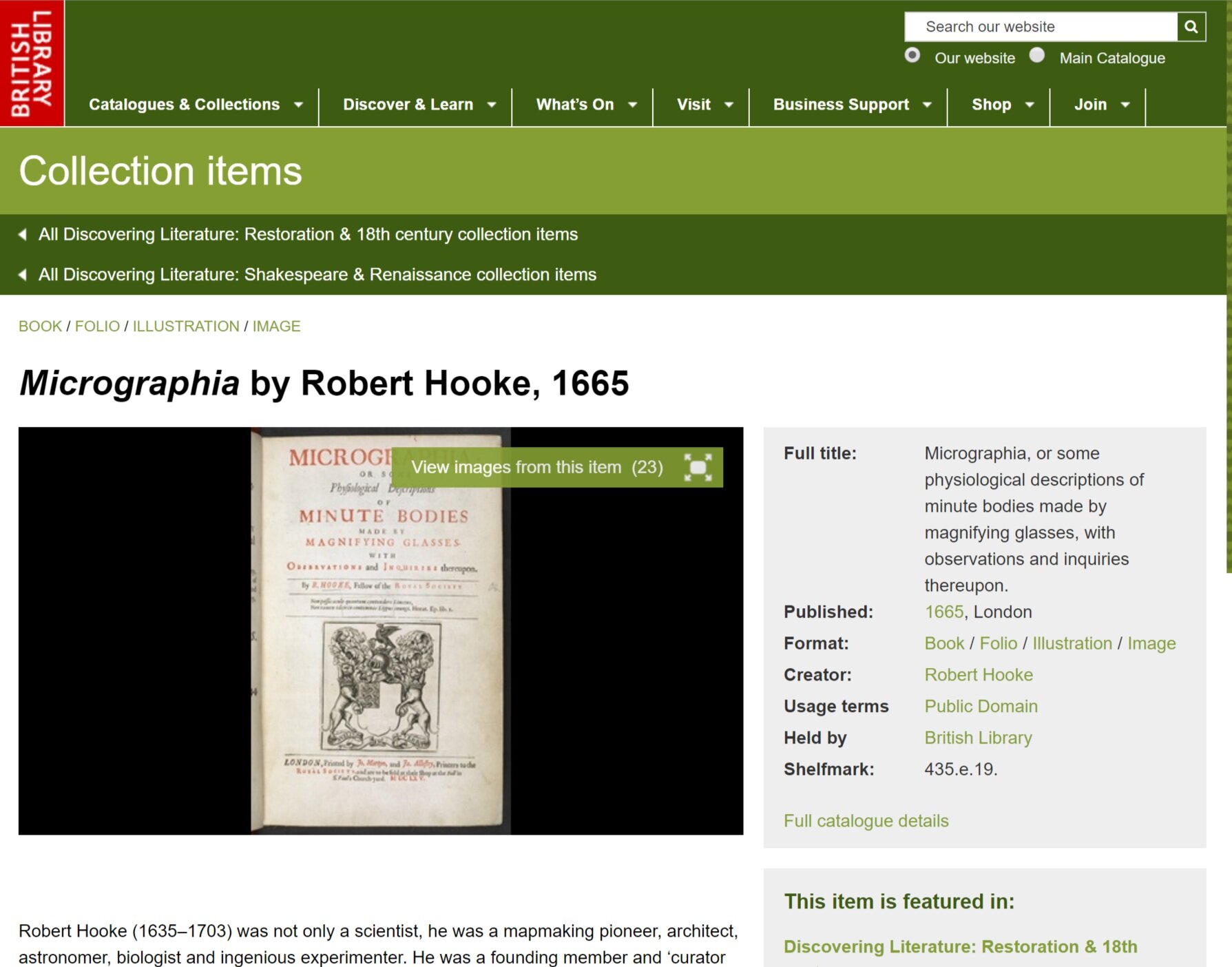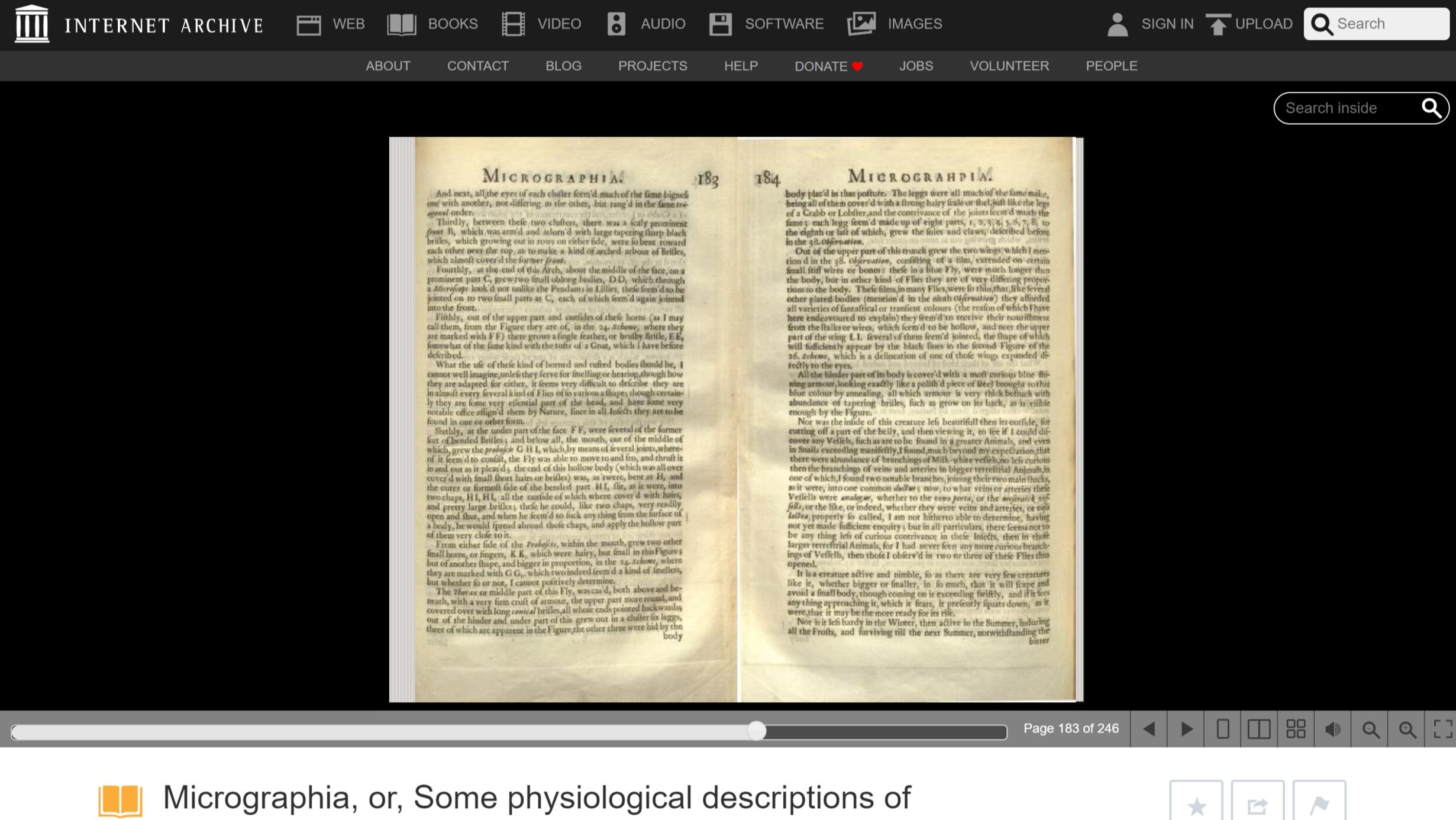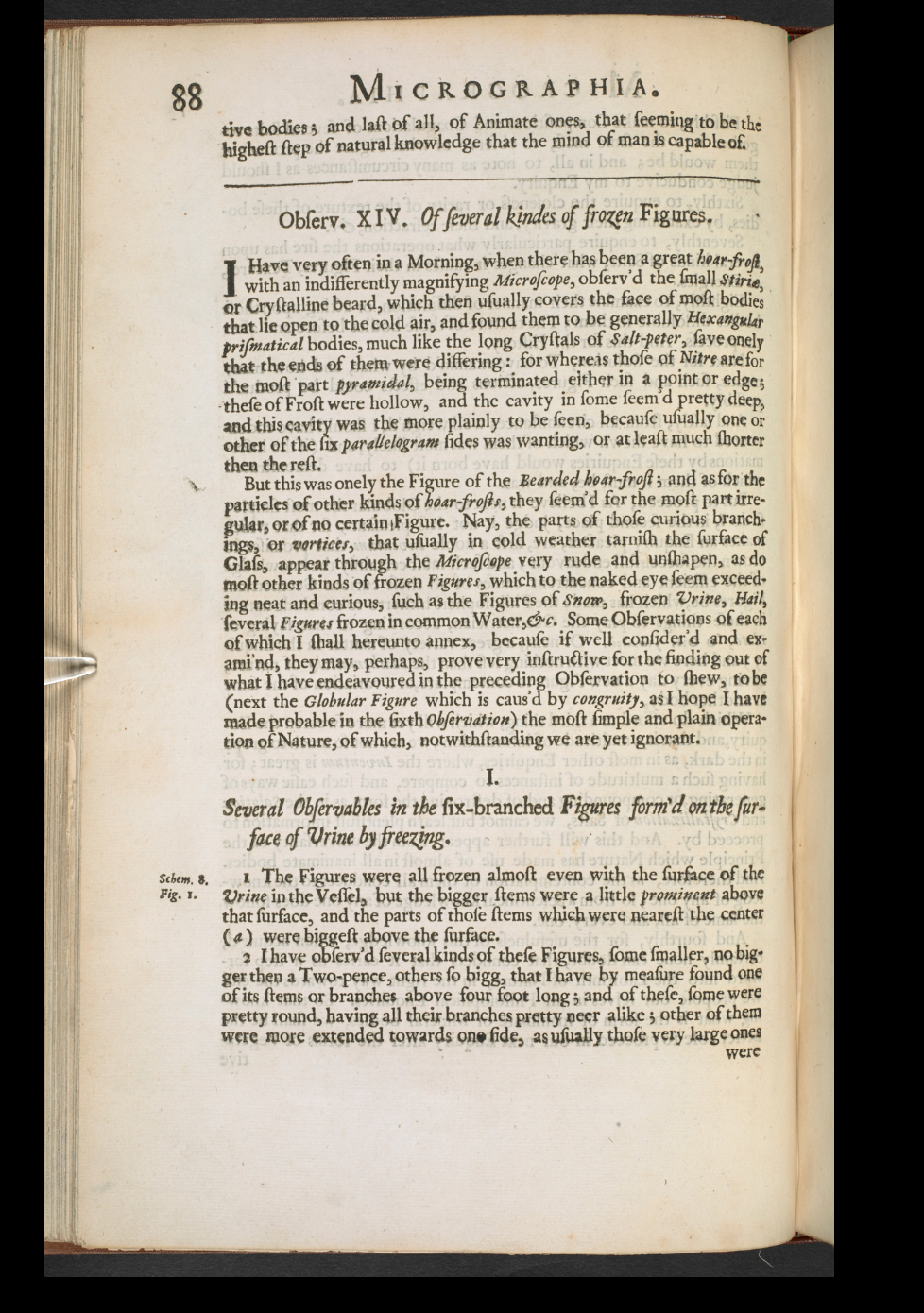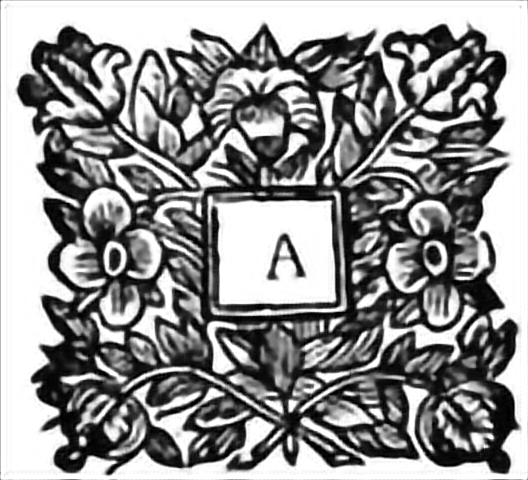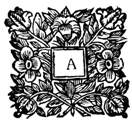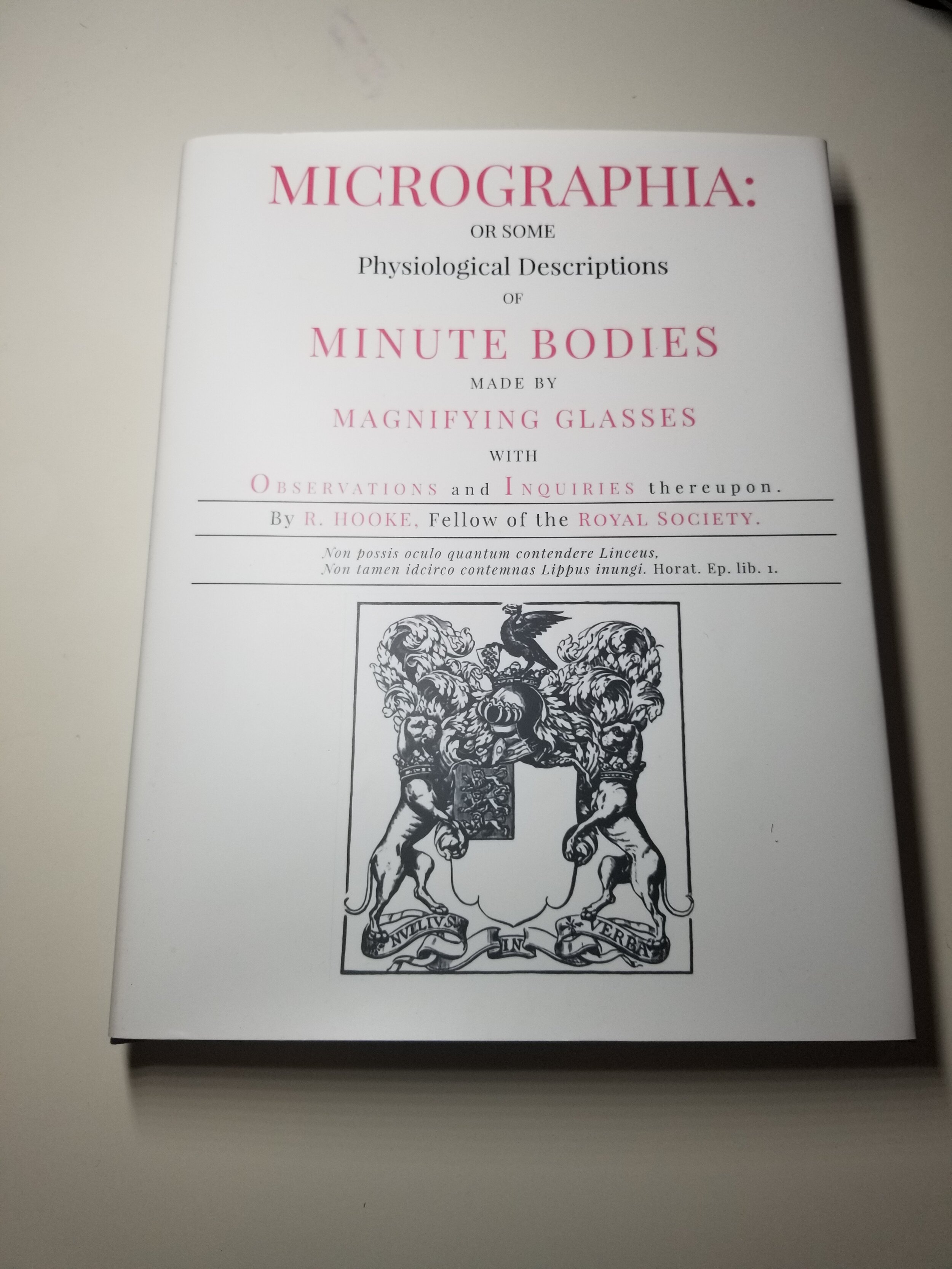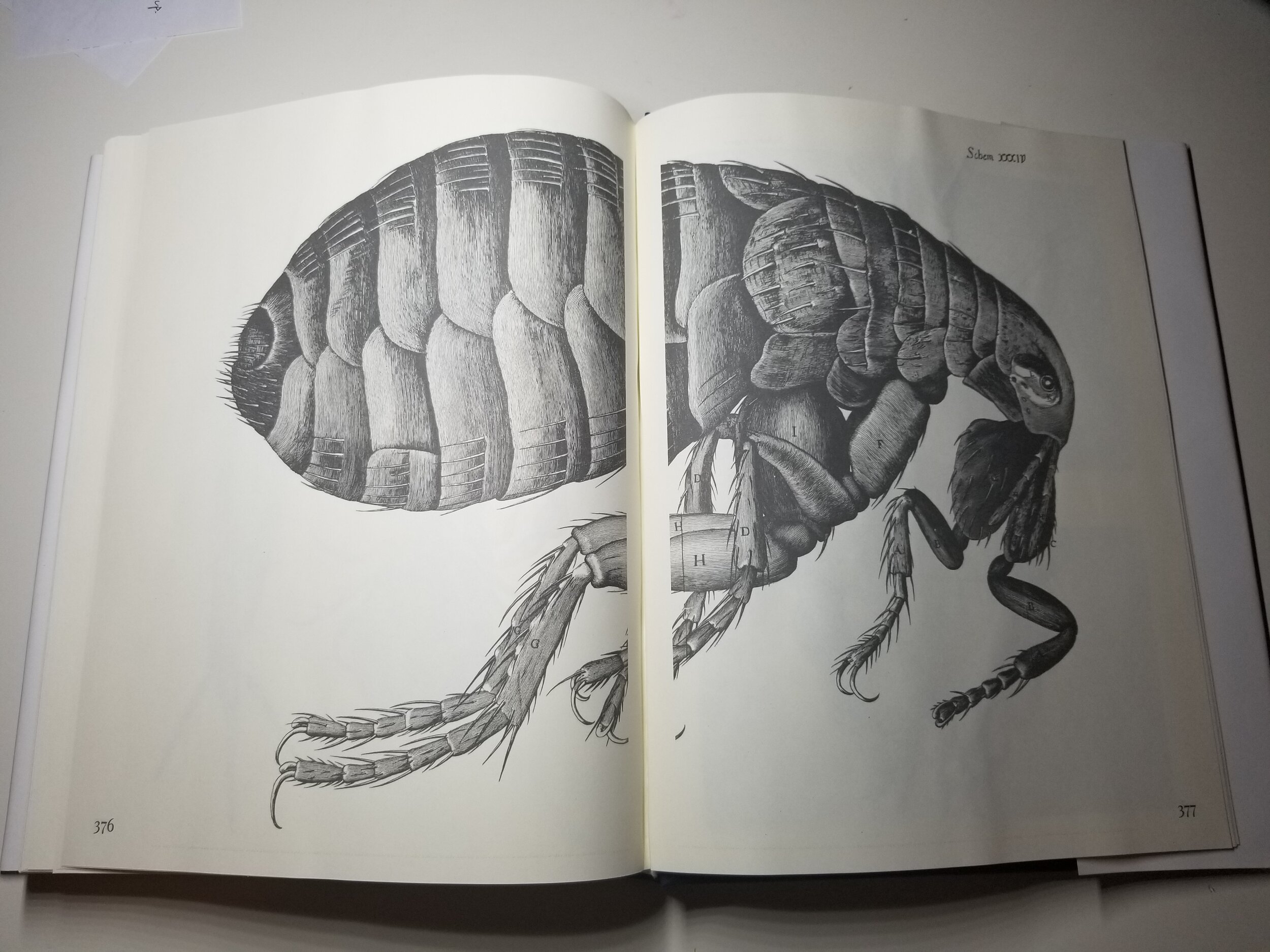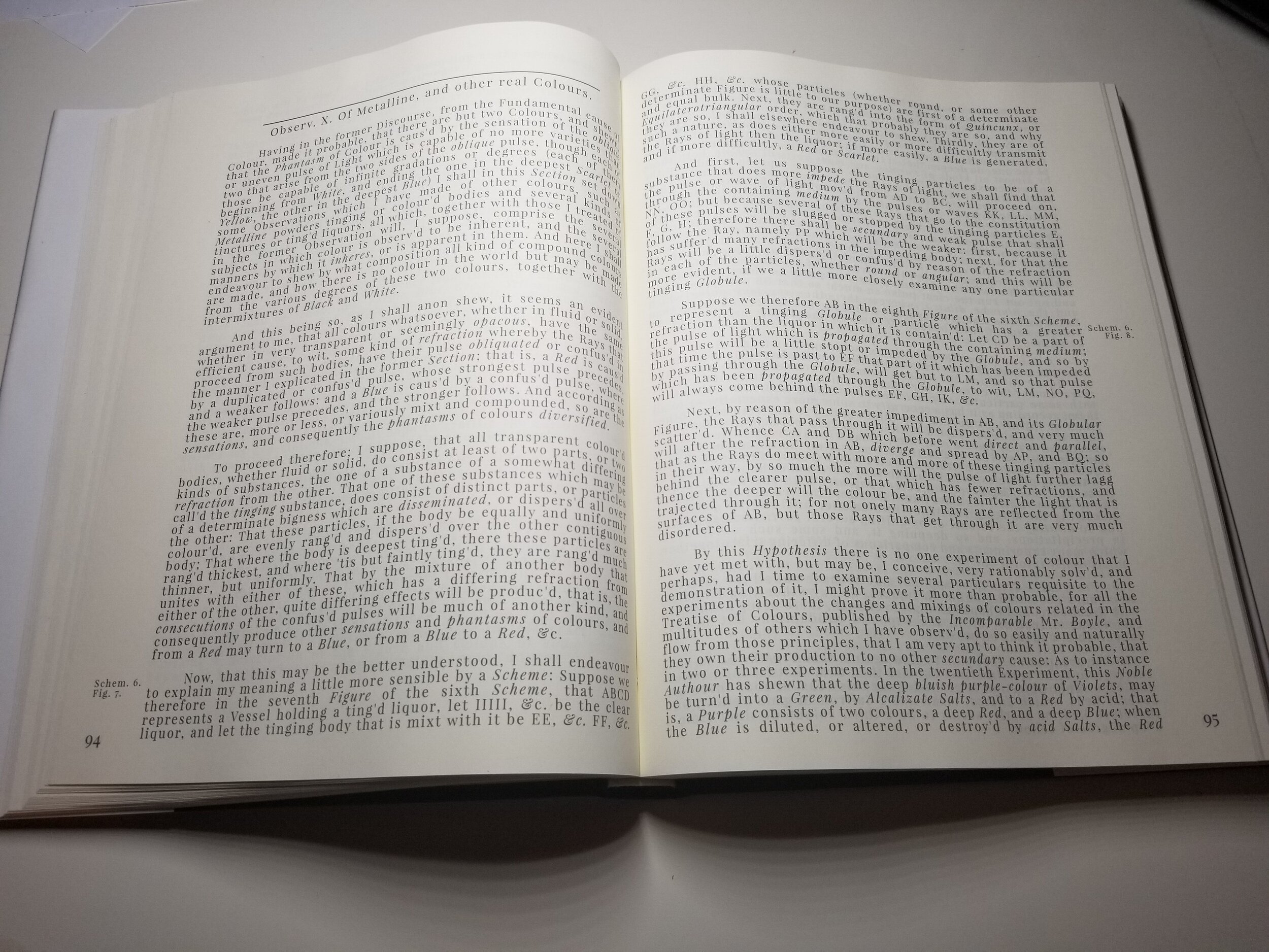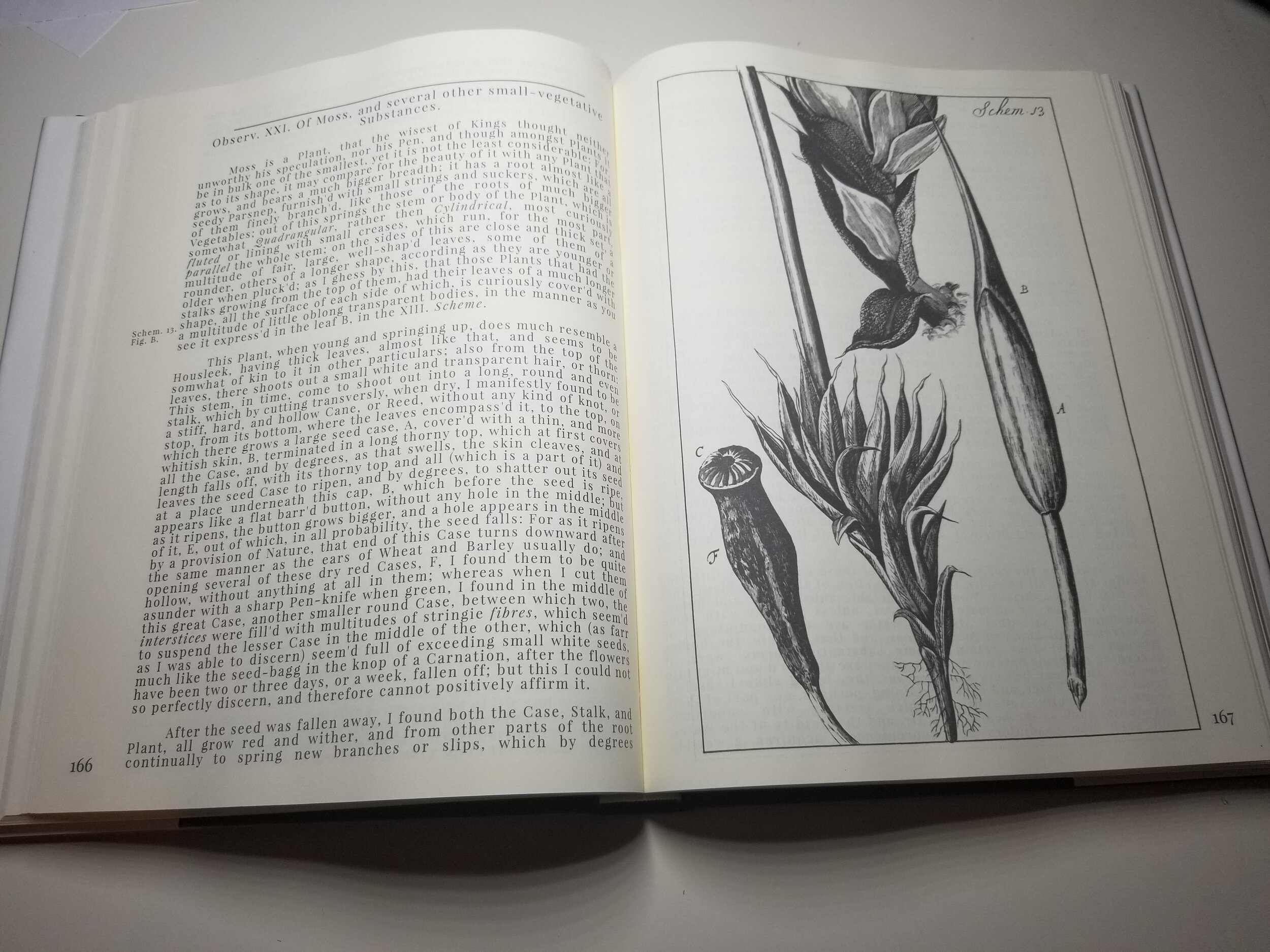The Creation of Micrographia
January 22, 2020
July of this year, I was listening to, “This Podcast Will Kill You.” In their infamous Giardia (Gee-argh-diah) episode Erin referenced a book called Micrographia by Robert Hooke. This book was the book that turned microscopy from a hobby of weird rich dudes into real science. Wikipedia calls this book the first scientific best-seller.
I thought that a copy of Micrographia would be an excellent graduation gift for a friend who studies Microscopy. After scouring Amazon, I had only found reproductions that looked as if someone was running an illegal ring of child copy-and-pasters and one of those children had gotten their hands on this book. Given that an original edition usually went on sale for about $50,000, I had to find another option if I wanted to give a nice gift.
Naturally, I decided that I would just make it myself.
I started my project by looking for the original text of Micrographia. Luckily, I found that Project Gutenberg had complied the whole book into a neat page. Project Gutenberg is an excellent resource if you want to read old texts. It is a completely free project to digitize old books that are out of copyright. Project Gutenberg is probably where the children were getting the text from.
I wanted to create a faithful representation of Micrographia so I needed to source an original copy for myself. If you would like to donate to my Gofundme to help me purchase an original copy please click this link. I was also lucky to have found that the British Library has several scans of important pages. Furthermore, the internet archive (another really impressive free resource online) also has a full PDF scan of the book (supplied by the Missouri Botanical Garden for some reason).
With all of the source material in hand, I had to familiarize myself with the idiosyncrasies of this book. Micrographia was originally published in 1666. This means that it was published with manual alignment of the printing press, you can see the minor errors throughout the book where the text is not quite square with the page. More importantly, this means that the publisher was much more free to change the structure of the book itself. Micrographia was known as a schematic book, Robert Hooke based chapters off of complex drawings that he made. As you can see here, he has little notes in the margins that point to the referenced schema. This is what a layperson would call an incredibly annoying addition to an otherwise easy to remaster book.
Micrographia also has many beautiful schema and if you notice, some of these diagrams are actually bigger than the page. The book that first coined the biological word, “cell,” is a flip out picture book.
There were some other problems with the book including the usage of the fancy f looking s so the word sufficient would look like fufficient. Also, the font was annoying, to say the least, I think at least 30% of this book is in italics.
I was in way too deep to quit.
Next up is translating the book from text and pictures into a computer program. I have an affiliation with Affinity products. I first bought Affinity designer because I am cheap and I did not want to purchase illustrator and I found that Affinity designer was a great alternative #sponsormeplease. Serif (the parent company) has a product called Affinity Publisher meant for publishing magazines and other print media including books. Serif also makes a set of videos for you to sorta skip over while pretending like you’re learning about how the program is supposed to work. I think I watched these in a post-nap delirium and told myself that I knew how the program actually works. (spoiler alert I did not)
At this point, I had to make many design decisions when remaking the Micrographia. The typeface, the layout of each sheet, and the layout of the book all had to be considered.
I wanted my book to be a coffee table book. It would be generic, but interesting enough so that if you were bored you’d pick it up and read it every once in a while. I couldn’t find the dimensions of the original book but all of the photos with random hands put the book at approximately 6 inches tall by 4 inches across. Mine would be 8.5x11, the size of a regular sheet of paper. With the change in the size of the book, I did not like how huge the word Micrographia appeared on each page. I took it out. I also moved the numbers from the top to the bottom and made them way smaller because who cares what page number you’re on, it’s not like anyone is reading Micrographia like a novel. Just look at the pretty pictures for 30 seconds and move on.
The original typeface was a generic serifed font with the classic f for first s. I wanted my book to be a coffee table book so ideally my typeface would also be serifed but less italic looking, a little bit thicker and a bit cleaner than the one found in the original Micrographia. I wanted to own my own work also needed a typeface that was free to use for commercial purposes. Luckily, Google is to the rescue. They have a website for free to use typefaces and I selected Playfair Display for my self. This typeface was one that looked readable both italic and regular and had a couple of different weights so I could play around with what looked best.
The schema was originally made for an approximately 6x4 book so they would look terrible in my book, tiny and small, blown way out of proportion. Luckily I watch way too much YouTube and I came across this video by a man named 2kliksphilip. He describes a method by which you can use artificial intelligence to increase the resolution of textures. Unfortunately, I’m a computer sad-vant and I don’t have any clue how to do that but I found several websites that would do it for me. There are several online and I won’t link any here because I honestly did not know how trustworthy they were. I was using publicly available images but I would not put it past a shady company to take your photos for their own purposes.
Earlier I had mentioned that the schema system of the original book was incredibly annoying to work around but I didn’t really explain it.
First, I needed to figure out where to place the schema in relation to each chapter. You see, each schema is referenced by multiple chapters and some chapters reference multiple schema. So the question was where to put the schema such that it was useful but not in the way. I ended up placing each schema on the right side of the first page of the first chapter that referenced it. This left a few blank pages at the end of some chapters but I think that turning the page and revealing a stunning schema and new chapter was totally worth it.
The second problem was that each time a schema was referenced within a text Robert Hooke took the time and had the publisher make a note of it in the margins of the original. I thought that this needed to be left in because it was an integral part of the work. However, I would also have to manually put in each and every single one of the margin notes. I ended up doing each one around 10 times because the margin notes did not stay in place if I changed the formatting and I was not smart enough to do the margin notes after all of the other formatting.
There were a lot of small design decisions I made but I won’t bore you with those.
After countless hiatuses punctuated by flurries of activity, the book had lived on my computer for about 4 months. It was going to remain there for another month while I printed out test pages. I wanted to check the darkness of the black and white as well as the placement of all of the elements on a page. This was when I ordered a paper sampler from PrintNinja to get a feel in person about what sort of paper I wanted to get.
I ended up purchasing a pre-print copy from Lulu. They were fast and their customer service was great. I got a print quickly. It was just in time to miss my friend’s graduation by two weeks!
I think she liked it anyways.
Here are some photos I took of the actual book.
Overall this project was probably around 100-150 hours of work. If I had to make another similar book it would probably take under 20 hours but my inexperience made this project way longer than it had any right to be. It was a fun experience but next time I’m going to be paid if someone wants me to remaster them a book.
